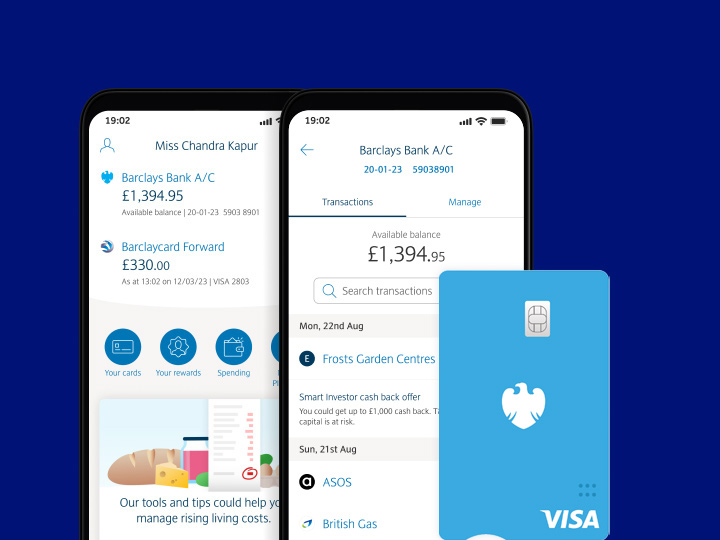David Randall PhD 👋
A Passionate User Research Specialist with 15 years of Experience conducting research in academia and business.

A Passionate User Research Specialist with 15 years of Experience conducting research in academia and business.

Company:
Tools:
The Barclays App includes a Products and Rewards section that offers customers a broad mix of services and benefits. With several new products planned for release, the existing information architecture (IA) risked becoming confusing and fragmented. I was asked to ensure new offerings could be introduced without undermining clarity. By taking a strategic approach, I reframed the task from simple card sorting into a broader evaluation of how customers perceive, group and prioritise products. This allowed me to deliver an evidence-based structure that balanced customer expectations with business priorities.
Research Goals: 🎯 Understand how customers naturally group existing products 🎯 Identify which products customers consider most important 🎯 Determine the most intuitive way to integrate upcoming products 🎯 Validate proposed categories against behavioural data
I designed a multi-phase programme of card sorts, questionnaires and behavioural analysis to build a clear picture of how users expect products to be organised. This iterative approach ensured new products were integrated in a way that made sense to customers and supported business launch goals.
The research led to a recommended structure for the Products and Rewards section that was implemented ahead of launch. Categories were streamlined, naming conventions were based on open sort and questionnaire findings, and product prioritisation was informed by Top Task data.



